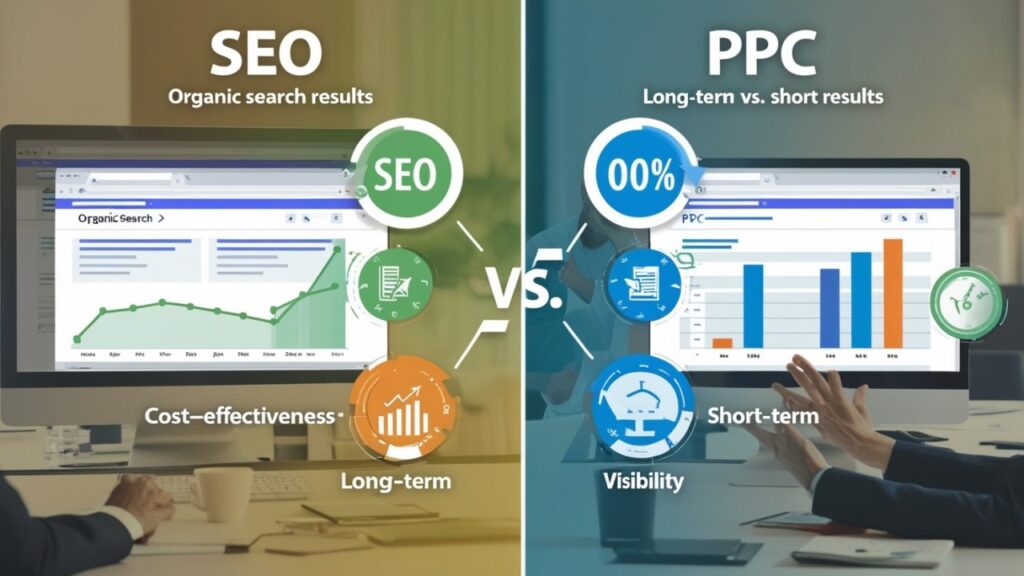Why Your Business Needs a Strong Brand Identity?
Why Your Business Needs a Strong Brand Identity? In an increasingly competitive marketplace, businesses need more than just great products or services to succeed—they need a strong brand identity. A well-defined brand identity helps you stand out, build trust, and create lasting connections with customers. But what exactly is brand identity, and why is it so important for your business? What is Brand Identity? Brand identity refers to the visible elements of your brand, including your logo, colour scheme, typography, tone of voice, and overall visual style. It is how your business presents itself to the world and how customers recognise and perceive you. Why Brand Identity Matters for Your Business? 1. Creates a Strong First Impression First impressions matter, and your brand identity is often the first thing potential customers notice. A professional and well-designed brand immediately communicates credibility and reliability, making people more likely to trust your business. 2. Builds Trust and Loyalty Consistency in branding helps customers feel familiar with your business, increasing their trust and likelihood of returning. When your branding is clear and consistent across all platforms—your website, social media, packaging, and advertising—it creates a professional and dependable image. 3. Differentiates You from Competitors A strong brand identity sets you apart from the competition. Whether it’s through a unique logo, memorable brand colours, or a distinct brand voice, having a well-defined identity helps your business stand out in a crowded market. 4. Increases Brand Recognition Think of some of the world’s biggest brands—Nike, Apple, or Coca-Cola. Their logos, colours, and slogans are instantly recognisable. When customers repeatedly see and recognise your branding, it strengthens your market presence and keeps you top-of-mind. 5. Supports Marketing Efforts A well-established brand identity makes marketing easier and more effective. Your advertising, social media, and promotional materials should all reflect a cohesive brand message, making it easier to attract and retain customers. 6. Enhances Customer Experience A clear brand identity helps create a seamless and enjoyable customer experience. Whether a customer interacts with your website, social media, or customer service, a consistent brand voice and style ensure a smooth and engaging experience. 7. Drives Business Growth Strong branding leads to higher customer retention, increased referrals, and stronger brand loyalty—all of which contribute to long-term business success. People are more likely to do business with brands they recognise, trust, and feel emotionally connected to. How to Develop a Strong Brand Identity For UK businesses looking to strengthen their brand identity, here are key steps to follow: Define Your Brand Values – What does your business stand for? Identify your mission, values, and unique selling points. Design a Memorable Logo and Visual Style – Work with a professional designer to create a logo and colour scheme that reflects your brand personality. Develop a Consistent Tone of Voice – Ensure that your messaging across all channels reflects your brand’s personality, whether it’s formal, friendly, or playful. Be Consistent Across All Platforms – From your website and social media to packaging and customer service, maintain a consistent look and feel. Engage with Your Audience – Build relationships with your customers by creating valuable content, responding to feedback, and maintaining an active online presence. Final Thoughts A strong brand identity is essential for any business looking to grow and succeed. It helps you stand out, builds customer loyalty, and makes marketing more effective. Whether you’re a startup or an established business, investing in your brand identity will pay off in the long run.
Why Your Business Needs a Strong Brand Identity? Read More »



